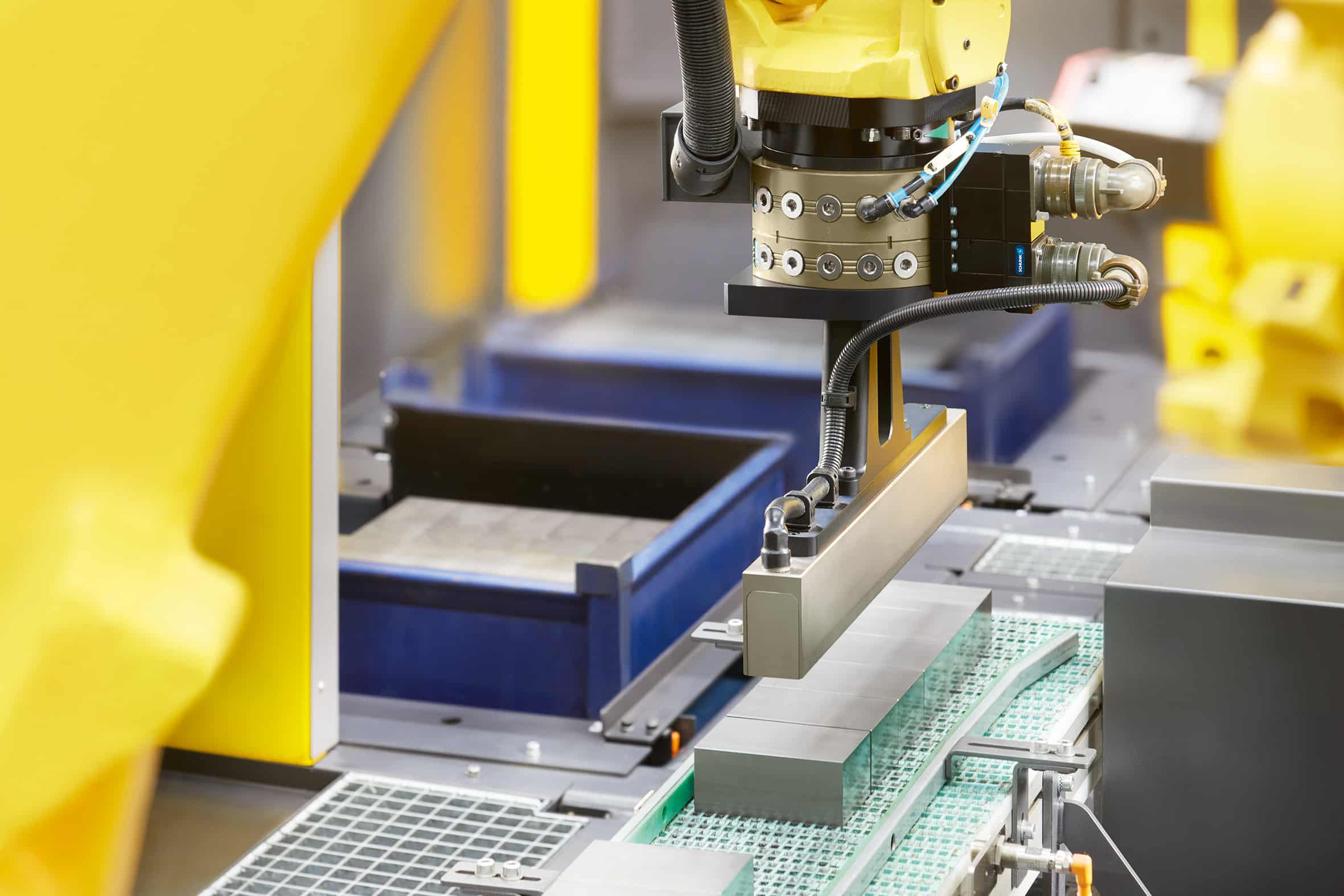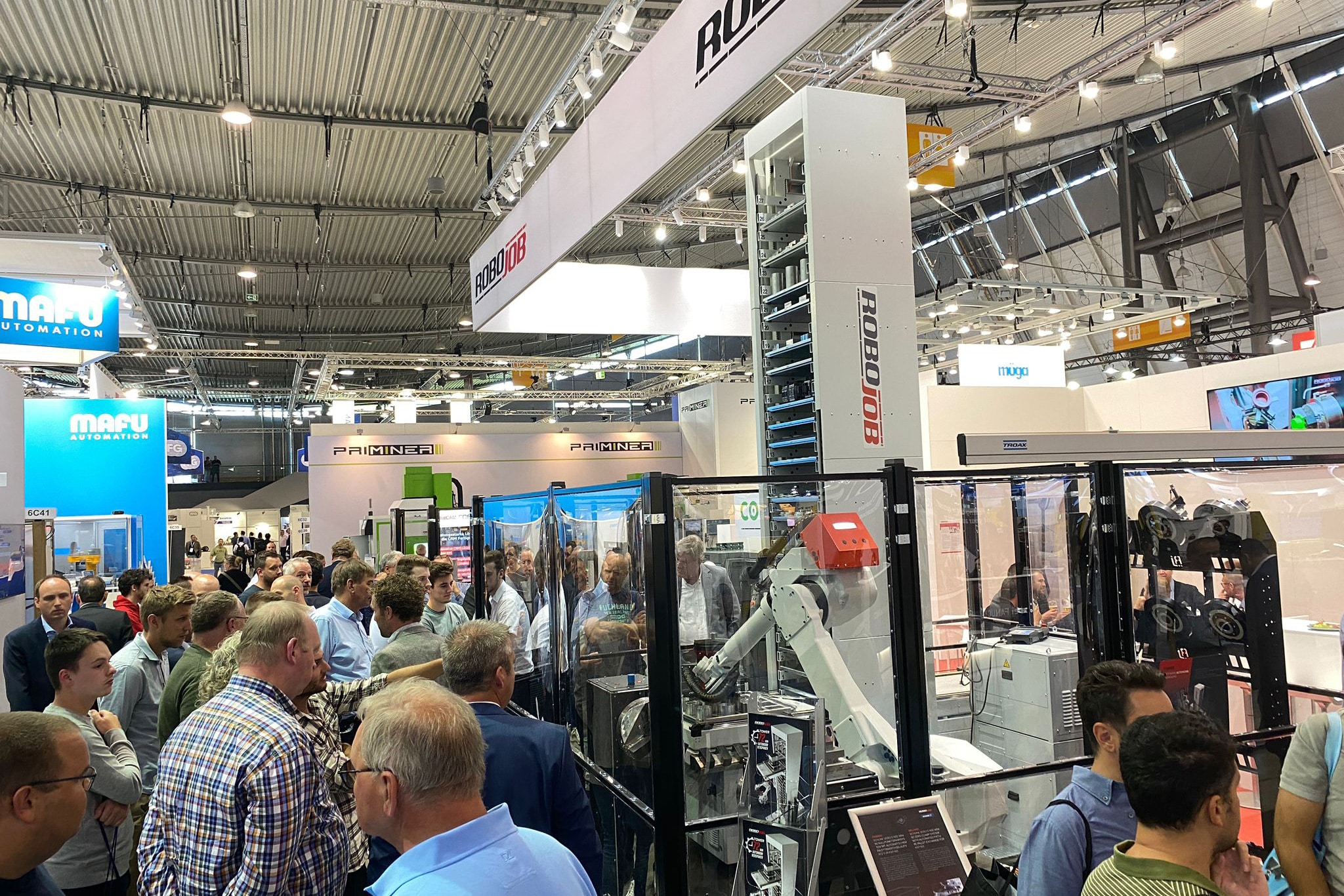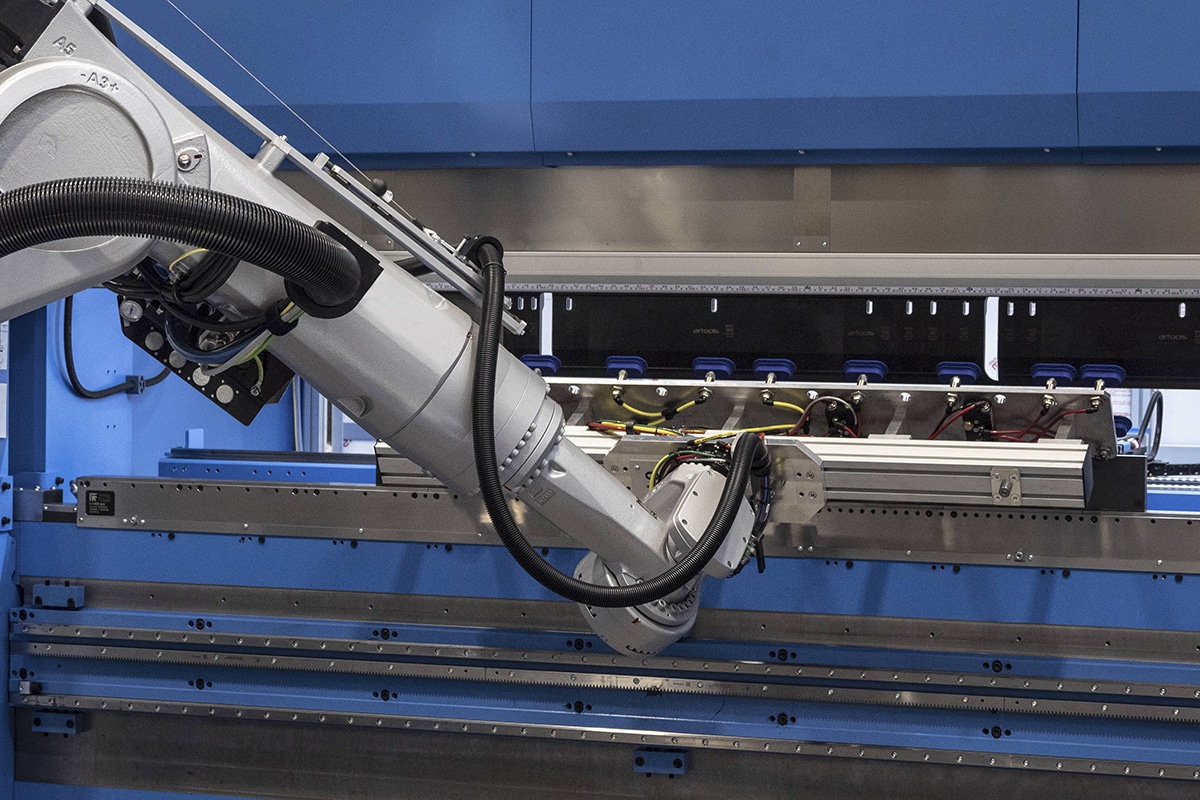
More haste, less waste
Enable more durable and productive steel turning with new carbide inserts
A recent OpenText survey concluded that 92% of manufacturers believe that Corporate Social Responsibility (CSR) is important to their overall reputation in the markets. Although steel turning is inherently a process that produces waste, it is possible for manufacturers to improve their sustainability without compromising process reliability - even under the unprecedented challenges of COVID-19. Here, Rolf Olofsson, Product Manager at Sandvik Coromant, explains the global leader in metal machining another approach to turning steel out.
According to the 17 global goals for sustainable development as defined by the United Nations (UN), manufacturers are expected to minimize their environmental impact while going beyond simply optimizing energy use. While CSR is important to companies, Sandvik Coromant estimates that manufacturers waste between 10% to 30% of material during their machining processes, with typical machining efficiency below 50%, including the design, planning and machining phases.
So what can manufacturers do? The UN goals recommend two main ways that take into account factors such as population growth, finite resources and the linear economy. The first is to address these challenges with technology. Industry 4.0 concepts - such as cyber-physical systems, big data or the Internet of Things (IoT) - are frequently cited as the way forward for manufacturers to reduce waste.
And yet this still does not take into account the fact that most manufacturers have not yet deployed modern machines with digital capabilities for their steel turning operations.
Most manufacturers are aware of how important the choice of insert type is in making turning in steel more efficient and productive; and how this affects overall performance and tool life. However, many overlook one aspect by not looking at the entire tooling concept; everything from advanced inserts, toolholders to easily introduced digital solutions. Each of these factors can help make steel turning more sustainable by reducing energy consumption and minimizing waste.

Reduced cutting speeds
Manufacturers face a number of challenges in their steel turning operations.These include obtaining more pieces per cutting edge from a single insert; increasing chipped volume; reducing cycle times; optimizing inventory levels; and, of course, minimizing waste.
But suppose there were a way in which all these challenges could be realized, but with an emphasis on greater sustainability? One way to reduce energy consumption is to reduce cutting speeds. Manufacturers can maintain productivity by proportionally increasing feed and depth of cut. In addition to saving energy, this also results in longer tool life. In steel turning processes, Sandvik Coromant's experience is that an average increase in tool life 25%, combined with reliable and predictable performance, can minimize material waste from both the workpiece and the insert.
The right choice of insert type helps achieve this to some extent. That is why Sandvik Coromant is adding two new carbide grades for P-turning, designated GC4415 and GC4425, to its program. GC4425 provides improved wear resistance, heat resistance and toughness, while the GC4415 grade is designed to complement GC4425 when improved performance and greater heat resistance are needed.
What is important is that both grades can be used with tough materials, such as Inconel and unalloyed stainless steel ISO-P grades that are particularly complex and difficult to machine. The right grade can help in machining a larger number of workpieces within mass and/or batch production processes.
The GC4425 variety offers extremely high process reliability due to its ability to maintain an intact cutting edge line. Because the insert can deliver more pieces per cutting edge, less carbide is consumed to machine the same number of components. In addition, change plates with consistent and predictable performance prevent workpiece damage, which minimizes workpiece material waste. Both benefits reduce the amount of rejects produced.
In addition, in both the GC4425 and GC4415, the base material and coating of the insert have been developed to be more resistant to high temperatures. This reduces the effect that causes excessive wear and, as a result, the material is particularly good at maintaining the cutting edge line at higher temperatures.
However, manufacturers must also consider the use of coolant at the change plate. When using a tool equipped with coolant feed from the top and bottom, it may make sense to turn off the coolant from the top during certain operations. The primary functions of cutting fluid are chip removal, cooling and lubrication between the tool and the workpiece material.
If applied correctly, it will maximize production, increase process reliability and enhance tool performance and workpiece quality. Using toolholders with internal cooling can also improve tool life of the change plate.

The layers in detail
Both GC4425 and GC4415 both feature the second-generation Inveio® layer, an aluminum oxide (Al2O3) coating developed for machining. Examination of Inveio at the microscopic level reveals that the surface of the material is characterized by unidirectional crystal orientation. In addition, the crystal orientation is substantially improved with the second generation Inveio coating. Even stronger than before, each crystal in the alumina coating is aligned in the same direction, providing a strong barrier in the direction of the cutting zone.
Inveio offers the change plate better wear resistance and longer tool life. Tools with longer tool life are naturally beneficial in reducing per-component costs. In addition, their carbide base material contains a large proportion of recycled carbide material, making them one of the most environmentally friendly carbide types.
To test these claims, the GC4425 variety underwent testing by Sandvik Coromant customers prior to its introduction to the market. One of these was a general engineering company that applied both a competitor's change plate and the GC4425 change plate in the production of pressure rollers. An ISO-P type was subjected to continuous external axial machining and semi-abrasive machining at a cutting speed (vc) of 200 m/min, a feed of 0.4 mm/omw (fn) and a depth of cut (ap) of 4 mm.
Manufacturers typically express a tool's tool life in terms of the number of components (pieces) machined. While the competitor's carbide machined 12 pieces before it wore out due to plastic deformation, Sandvik Coromant's change plate produced 18 pieces and thus 50% worked longer at stable and predictable wear.
The example shows the gains that can be made when the right machining elements are combined and how recommendations regarding first choice tooling and cutting data, from a trusted partner such as Sandvik Coromant, can help achieve process reliability and also reduce the amount of time wasted searching for the right tools. Online resources have also proven popular to help manufacturers determine the best turn change plates and types for their requirements, such as the CoroPlus® Tool Guide.
To help with process monitoring itself, Sandvik Coromant has CoroPlus® Process Control developed software that can monitor machining in real time and operate in accordance with programmed protocols when specific problems occur--for example, stopping the machine or replacing a worn cutting tool.

A perfect circle
This brings us to the UN's second recommendation for more sustainable tools: gradually moving to a circular economy, where waste products are seen as raw materials and returned to a resource-neutral cycle. It is becoming increasingly clear that a circular economy is both good for the environment and profitable for manufacturers.
This includes the recycling of solid carbide tools - after all, we are all winners when worn-out tools don't end up in landfills and landfills. GC4415 and GC4425 both contain a significant amount of recycled carbide. Making new tools from recycled solid carbide requires 70% less energy than producing them from virgin raw materials, and it also means that 40% less carbon dioxide is emitted.
Then there is the carbide recycling program from Sandvik Coromant, available to all customers worldwide. The company buys back worn-out inserts and round carbide tools from its customers, regardless of origin. This is really necessary considering how scarce and finite raw materials will be, especially in the long run. Estimated reserves of tungsten carbide, for example, are about 7 million tons, which means about 100 years of consumption left. The recycling initiative has earned Sandvik Coromant a circularity of 80% through its solid carbide buy-back program.
Despite the current uncertainties in the market, manufacturers cannot forget their other commitments, including CSR. Fortunately, with a new approach to tooling and proper solid carbide inserts, manufacturers can improve their sustainability without compromising process reliability - and do so even more effectively, in light of the challenges created in the market by COVID-19.
See Sandvik Coromant's website for more information.
Heeft u vragen over dit artikel, project of product?
Neem dan rechtstreeks contact op met Sandvik Coromant BeNeLux.
 Contact opnemen
Contact opnemen



